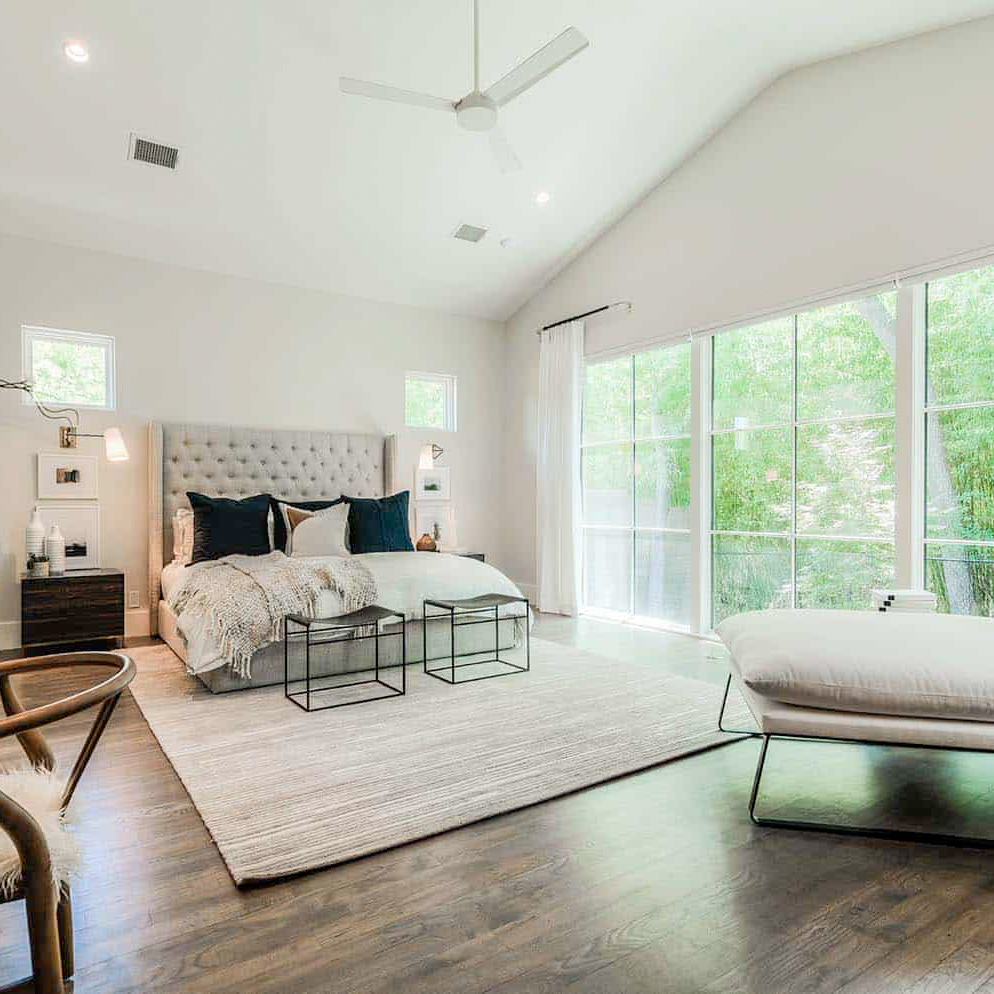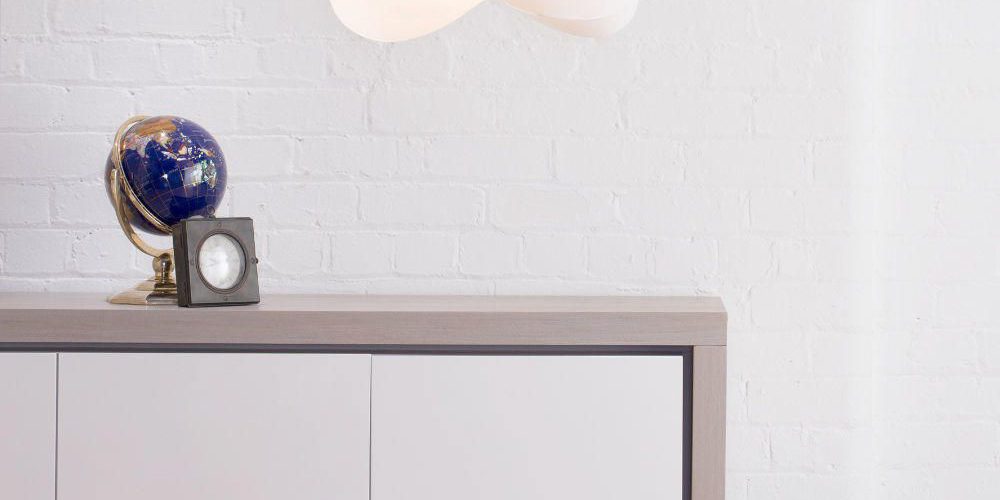
The Trending Glare: Exploring Modern Japanese Lights.
Introduction
Lighting is an integral part of our everyday lives. It has the power to influence our mood and set the tone of a space. In recent years, modern Japanese lights have been gaining popularity. The clean lines, minimalist design, and use of natural materials make them a favorite among interior designers worldwide. This article will explore the origins, characteristics, and applications of modern Japanese lights.
Origins of Japanese Lights
The Japanese have a long history of using natural materials like bamboo and paper to make lamps. They first started using paper lanterns in the mid-8th century during the Nara period. These lanterns were made by stretching washi paper over a wire frame and illuminated with candles or oil lamps. By the Edo period, they had become widespread, and paper lanterns could be found illuminating public spaces like temples, shrines, and festivals.
During the Meiji period, which lasted from 1868 to 1912, Japan opened its ports to foreign countries, allowing for the exchange of ideas, aesthetics, and technology. This led to the integration of Western lighting fixtures, techniques, and materials into Japanese design. The first electric light was introduced to Japan in 1878, and by the 1920s, Japan had become one of the leading countries in lighting technology.
Characteristics of Modern Japanese Lights
Today, modern Japanese lights are known for their simplicity, functionality, and use of natural materials. They are often designed with the principles of wabi-sabi in mind, which emphasizes the beauty of imperfection and the natural aging process. One of the most common materials used in modern Japanese lights is washi paper, which is handcrafted from the inner bark of the mulberry tree. It creates a soft, diffuse light that is perfect for creating a peaceful atmosphere.
Another material commonly used in modern Japanese lights is bamboo. It is strong, lightweight, and sustainable. Bamboo lights can be made in a variety of shapes and sizes, from sleek and modern to rustic and traditional. They are often finished with natural oils or stains that bring out the unique grain patterns of the bamboo.
Finally, many modern Japanese lights feature a minimalistic design. The focus is on functionality rather than ornamentation. The lack of unnecessary decoration allows the natural materials to shine and creates a sense of calm in the space.
Applications of Modern Japanese Lights
Modern Japanese lights can be used in a variety of settings, from residential to commercial. In homes, they are often used as accent lighting or to create a cozy atmosphere in bedrooms and living rooms. They can also be used as decorative pieces on shelves or tabletops.
In commercial settings, modern Japanese lights can be used in restaurants, hotels, and spas to create a relaxing ambiance. They can also be used in retail spaces to highlight products and create a warm, welcoming environment.





